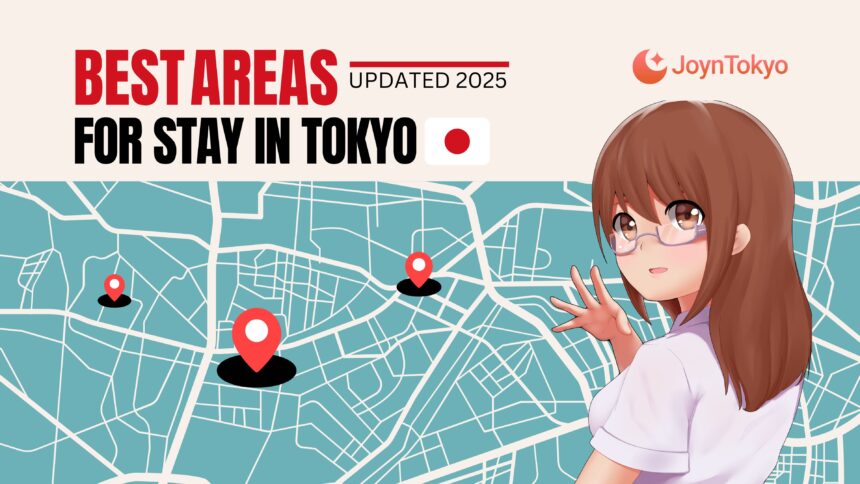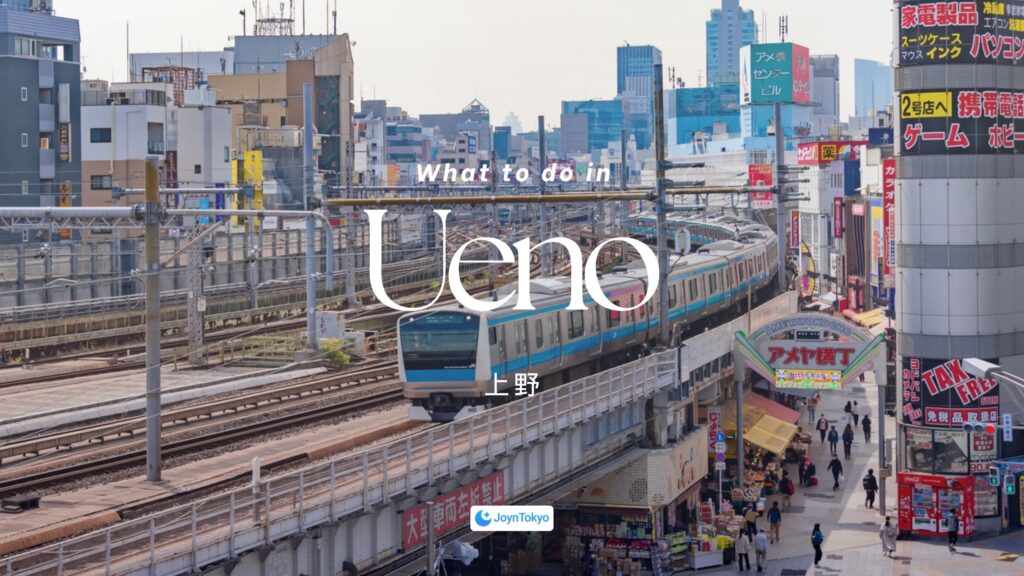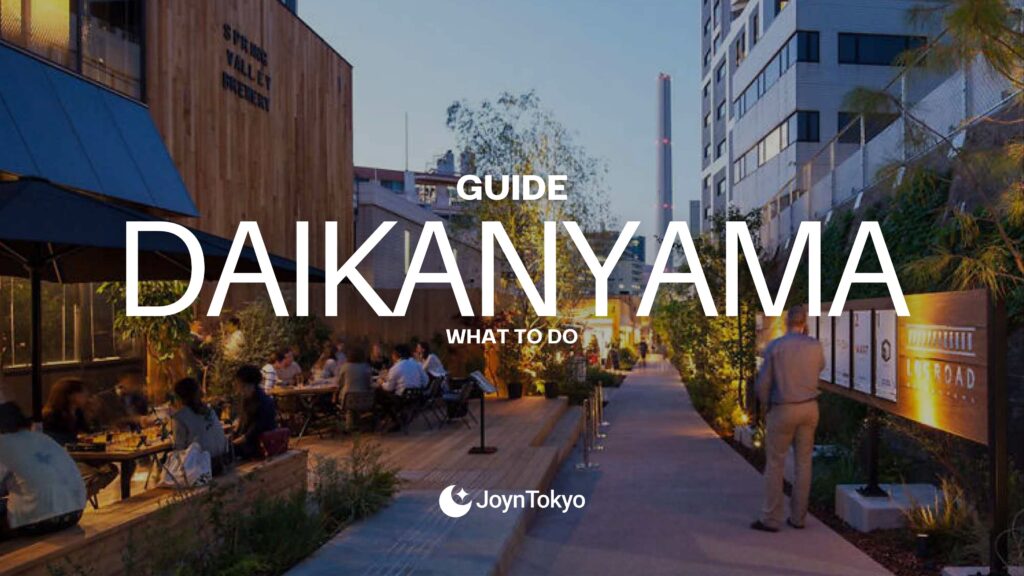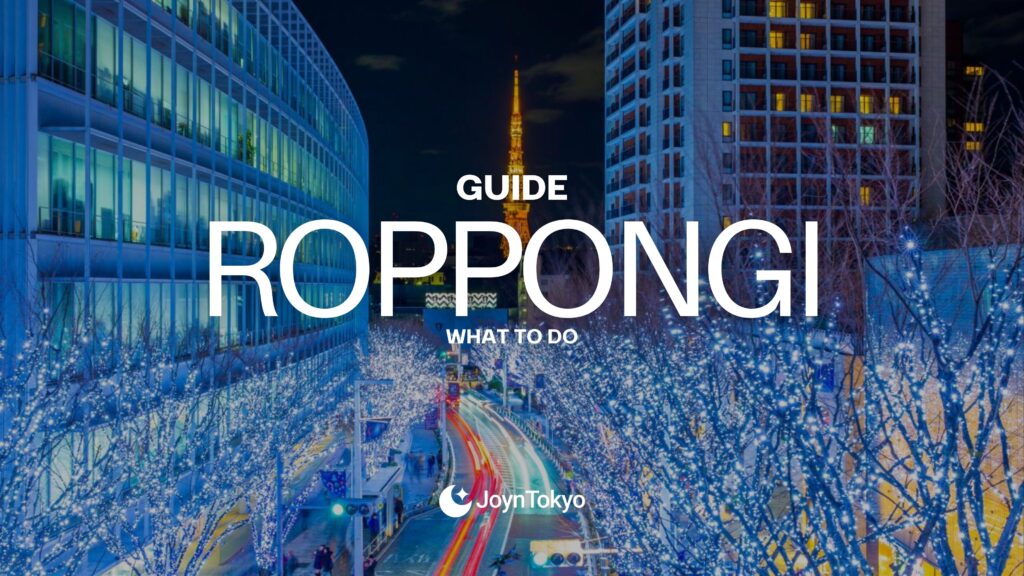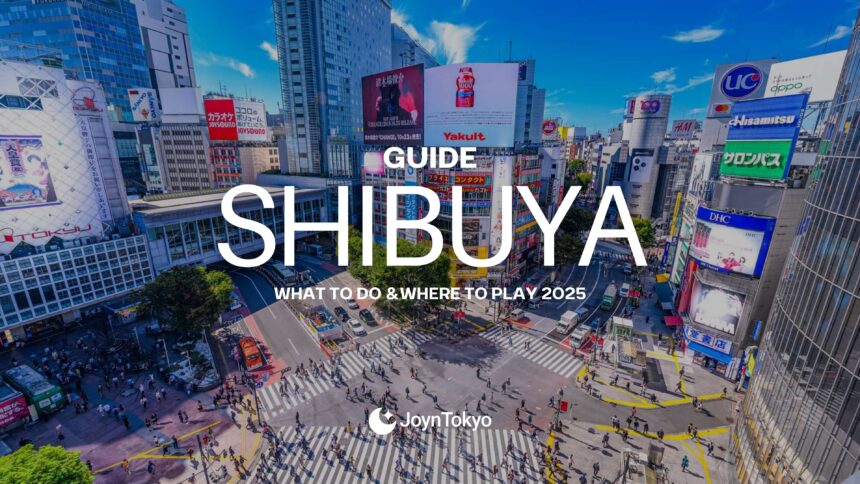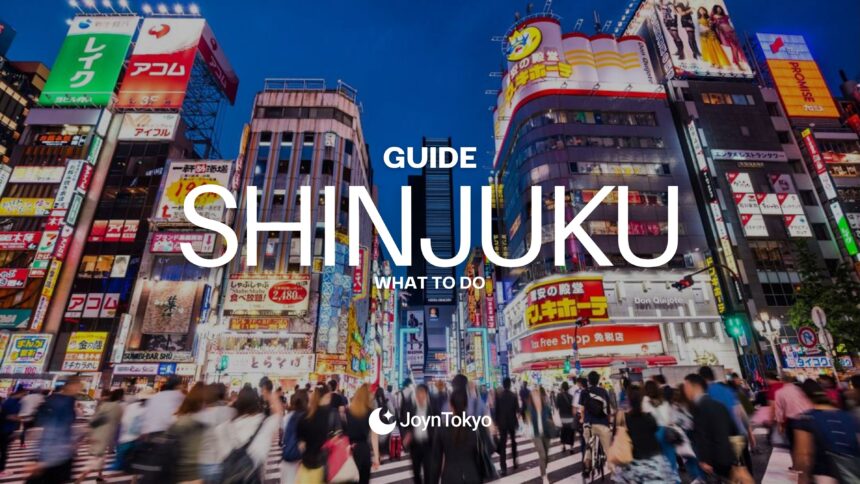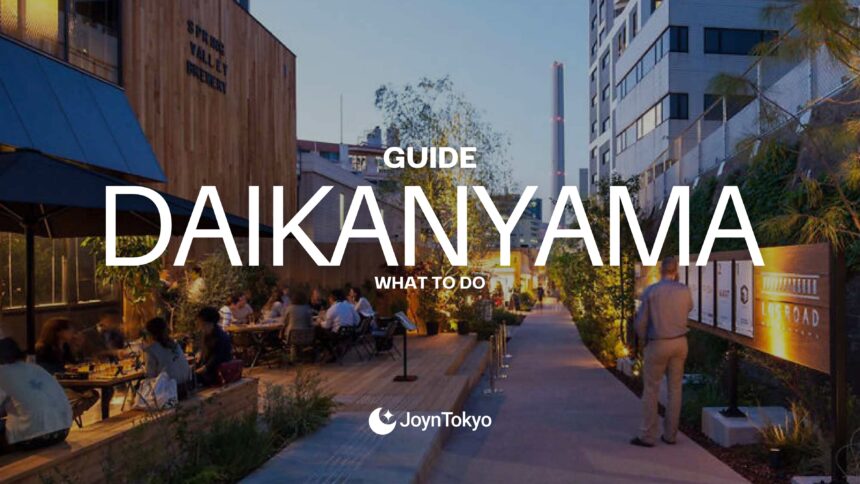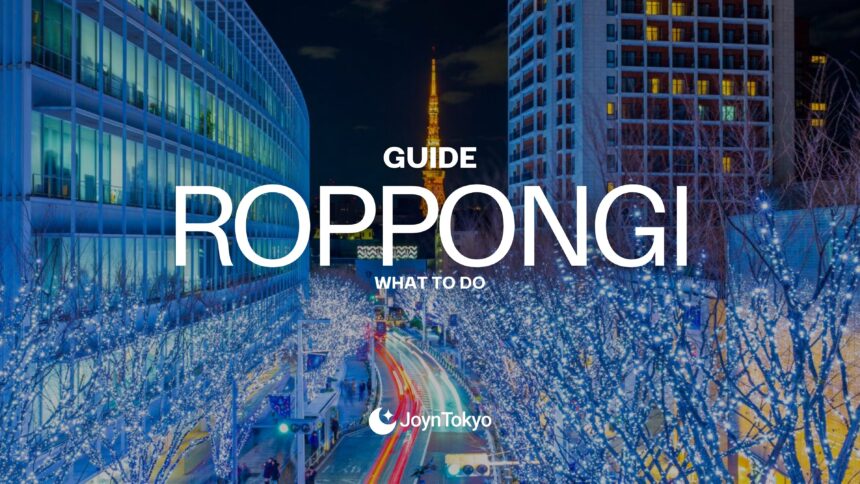Tokyo is the world’s largest metropolis, with a number of distinctive different wards, that have unique areas, all within Japan’s most diverse city. So if you’re going for the first time… where should you stay? Well, let us take you through where to stay in Tokyo the first time. We’ll break down the best neighbourhoods for you to stay in based in your needs and the goals of your trip.
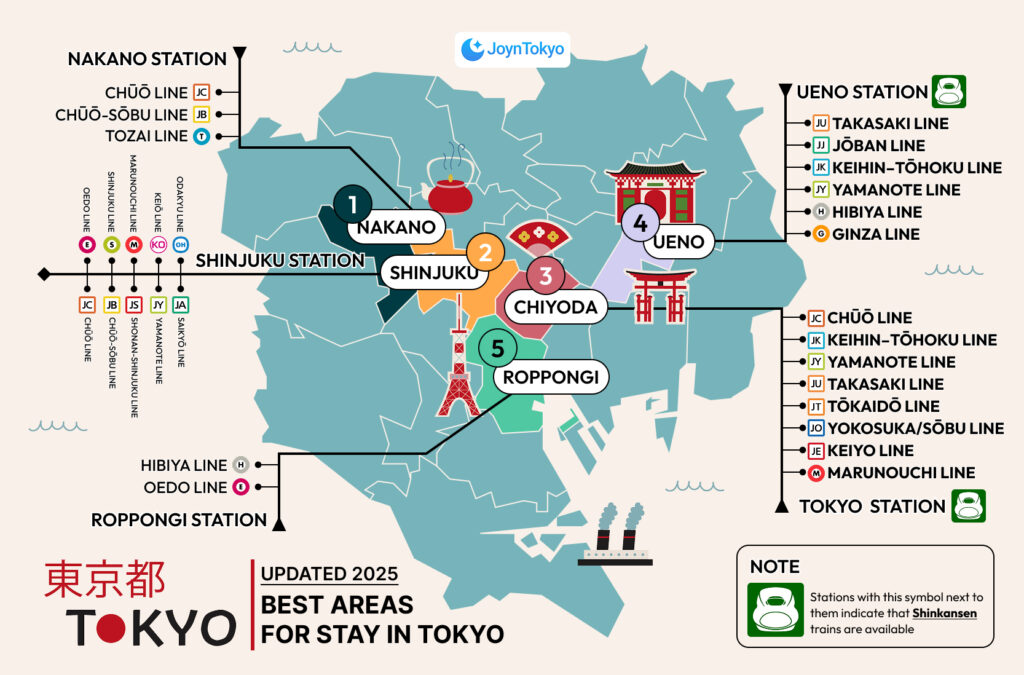
Best Area for First-Time Visitors: Shinjuku
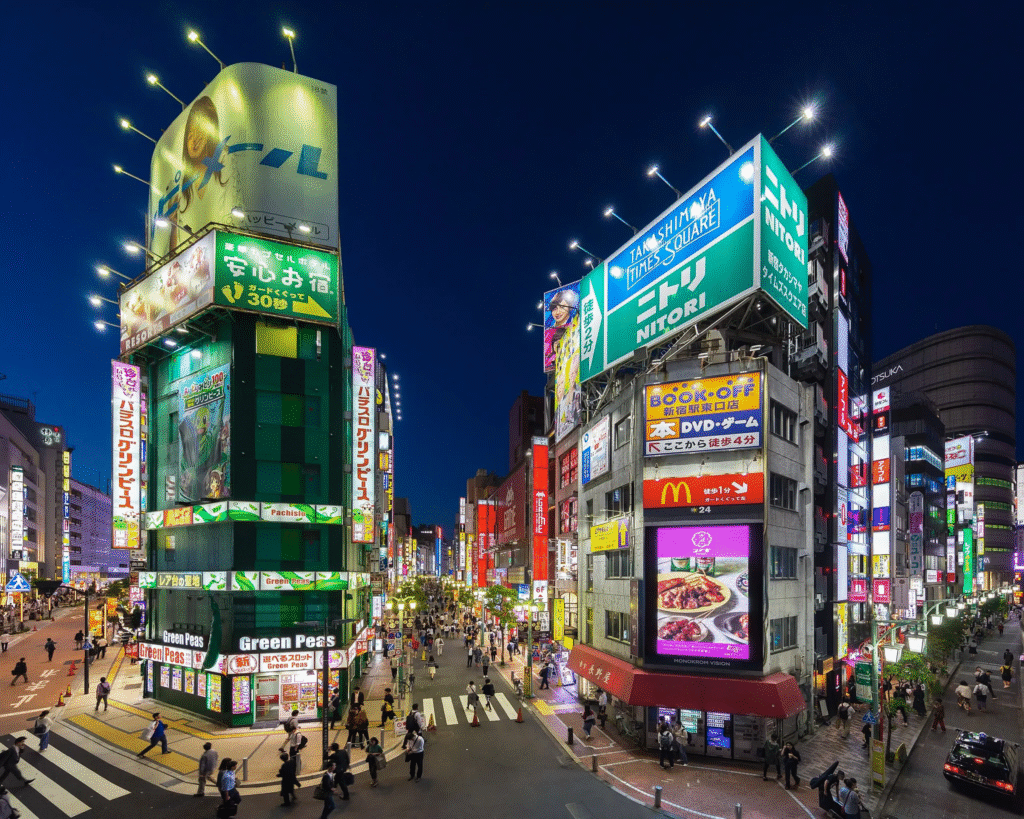
Shinjuku, in the heart of Tokyo, is arguably the best place for anyone new to the city to stay. With its central location, exciting nightlife, and proximity to shops that have both Western and Japanese brands, this is a no-brainer for anyone who has never been to Tokyo before.
Transport Connections in Shinjuku
Shinjuku Station itself is the busiest train station in the world, and this is a reflection of how many lines there are that pass through. The station serves the following lines: the Yamanote Line, the Chuo Main Line, the Chuo-Sobu Line, the Saikyo Line, the Shonan-Shinjuku Line, the Keio Line, the Keio New Line, the Odakyu Odawara Line, the Oedo Line, the Shinjuku Line, and the Marunouchi Line.
Hotels To Stay in Shinjuku
For those on a budget, the Hotel Livemax is very affordable, With prices starting from around ¥7,000/night (or even cheaper using some booking apps), it’s known as a comfortable and clean place to stay.
For a place a little more family-friendly, the Yuen Shinjuku offers incredible service, and onsen facilities from roughly ¥20,000/night. Guests praise the friendliness of the staff and the quality of the food.
For those looking for something a little more upscale, for prices that start at roughly ¥90,000/night, the Bellustar Tokyo comes highly recommended. With its prime location, luxurious rooms, and extraordinary facilities and services, it comes highly recommended for anyone who wants an unforgettable stay.
Top Things To Do in Shinjuku
Shinjuku is Tokyo’s bustling hub of skyscrapers, entertainment, and shopping. It offers a mix of modern city energy and peaceful green escapes, making it perfect for first-time visitors who want a little bit of everything.
Tokyo Metropolitan Government Building
Cost: Free entry
Best time to visit: Sunset or nighttime for stunning city lights
One of Shinjuku’s most iconic landmarks, this twin-towered skyscraper is home to the Tokyo Metropolitan Government offices. Its free observation decks provide incredible panoramic views of Tokyo, stretching as far as Mount Fuji on clear days.
Kabukicho District

Explore Golden Gai for tiny, atmospheric bars
Cost: Free to walk around, activities vary (¥500–¥5,000 depending on bars and venues)
Known as Tokyo’s entertainment capital, Kabukicho is alive with neon signs, themed cafés, bars, restaurants, and karaoke spots. It’s busy and lively at all hours, offering a quintessential Tokyo nightlife experience.
Shinjuku Gyoen National Garden
Cost: ¥500 entry
Best for: Picnics, photography, and leisurely strolls
A tranquil escape from Shinjuku’s hustle, this garden combines Japanese, English, and French landscape styles. It’s especially beautiful during cherry blossom season and autumn foliage.
Isetan Shinjuku and Takashimaya Times Square
Cost: Free to enter, shopping costs vary widely
Don’t miss: The basement food halls for gourmet snacks
These department stores are perfect for high-end shopping and browsing Japanese fashion, cosmetics, and food halls. Both are landmarks of Tokyo retail culture.
Samurai Museum and Robot Restaurant
Cost: Samurai Museum ¥1,900, Robot Restaurant shows around ¥8,000
The Samurai Museum offers exhibits of traditional armor and weapons, while the Robot Restaurant delivers a one-of-a-kind, high-energy performance with neon robots and dancers.

Book Robot Restaurant tickets in advance for discounts
Stay Near History and Culture: Ueno
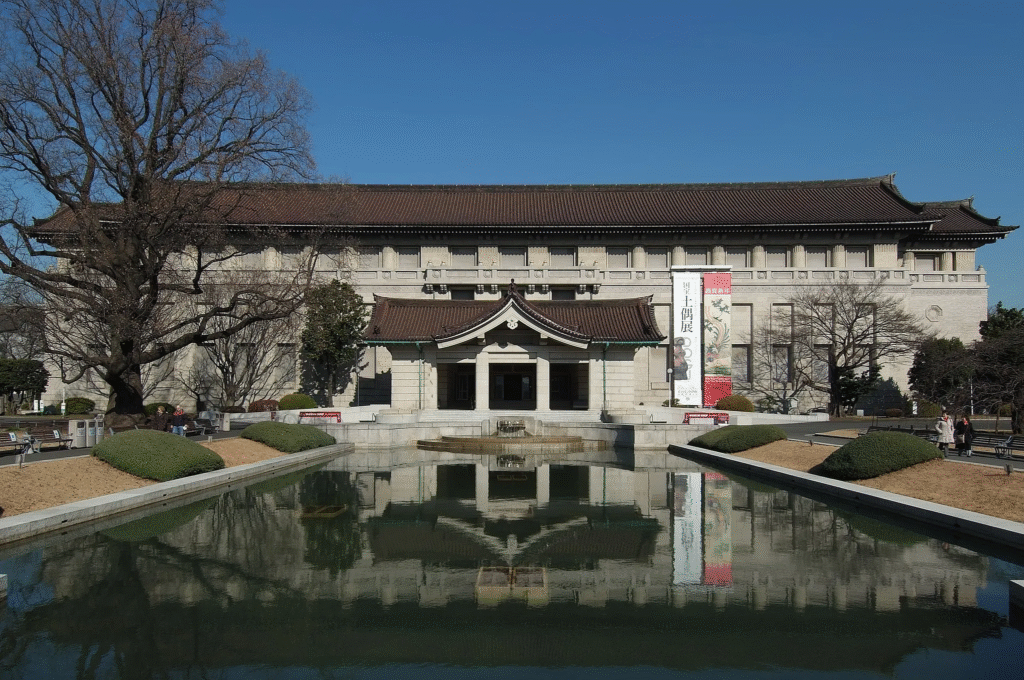
A much quieter area than Shinjuku, Ueno is less well known for its nightlife, but it is home to several museums, as well as a beautiful park. It is also only a short hop away from the historic Asakusa district, making it a perfect place to stay for those who want their days a little more slowly paced.
Read More
Transport Connections in Ueno
Ueno Station serves the Ginza Line, the Yamanote Line, the Hibiya Line, the Utsunomiya Line, the Takasaki Line, the Keihin-Tohoku Line, and the Joban Line, as well as the Shinkansen. Its proximity to Nishi-Nippori makes it easy to get to for anyone coming from Narita Airport.
Hotels To Stay in Ueno
The Centurion Hotel enjoys a reputation for being a great place to stay for those on a budget, with rooms starting at roughly ¥6,000/night, whilst also being cozy and comfortable.
For a more high-end experience, the Mimaru Tokyo Ueno Okachimachi is an excellent choice. With accommodation starting at roughly ¥60,000/night, it gets excellent reviews for the service and family-friendly amenities.
Top Things To Do in Ueno
Ueno is a cultural hub of Tokyo, known for its expansive park, world-class museums, and family-friendly attractions. It’s ideal for travelers who enjoy slower-paced sightseeing with plenty of history and art.
Ueno Park
Cost: Free
Best season: Spring (sakura) and autumn (foliage)
A large public park famous for cherry blossoms, pond views, and cultural landmarks. It’s a favorite place for families and tourists alike.
Tokyo National Museum, National Museum of Nature and Science, and Tokyo Metropolitan Art Museum
Cost: Museums typically ¥600–¥1,000 per entry
Tip: Check rotating exhibitions for special displays
Ueno is home to multiple museums, each covering a unique area of culture and science. The Tokyo National Museum is especially renowned for its Japanese art and artifacts.
Ueno Zoo
Cost: ¥600 for adults, children under 12 free
Highlight: Giant pandas are the star attraction
Japan’s oldest zoo, housing more than 3,000 animals, including its beloved pandas.
Ameya-Yokocho Market Street
Cost: Free to explore, snacks from ¥200–¥500
Popular treats: Takoyaki, yakitori, taiyaki
A lively market with food stalls, discount shops, and clothing vendors. Perfect for street food tasting and bargain shopping.
Senso-ji Temple in Asakusa
Cost: Free entry
Best experience: Visit at night to see the temple beautifully illuminated
Tokyo’s oldest Buddhist temple, located a short trip away, surrounded by Nakamise shopping street selling souvenirs and traditional snacks.
Best for English Speakers and Nightlife: Roppongi
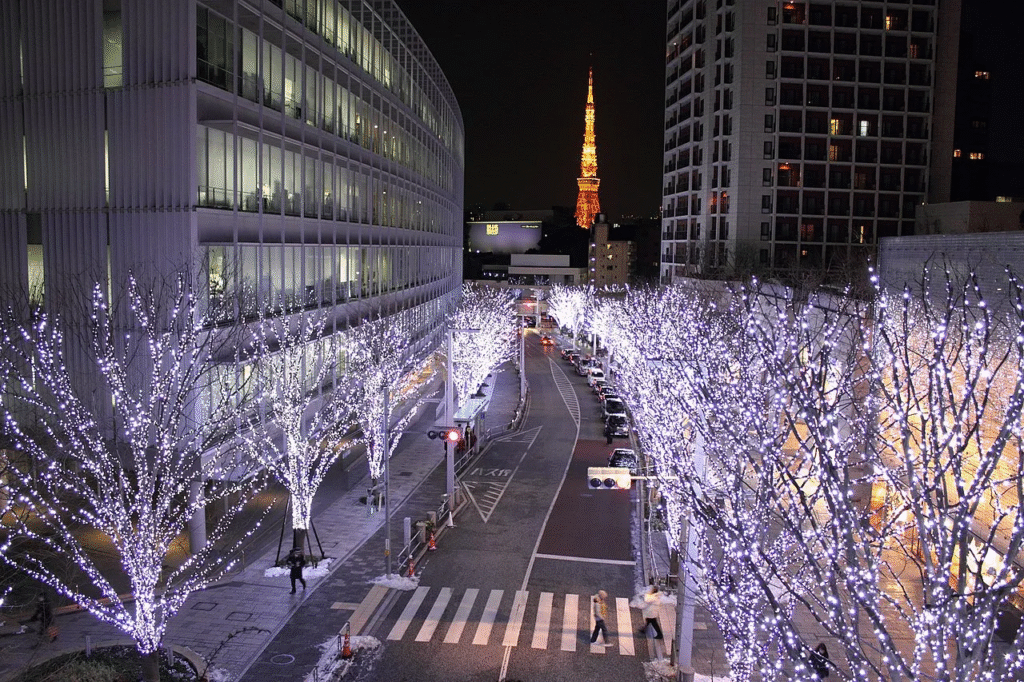
Based in Tokyo’s midtown, Roppongi is a solid choice for those who may be a little bit nervous about their ability to navigate in Japanese. Because Roppongi is home to a number of embassies and expats, many people in the area can speak English, and there are a lot of English-language instructions. It is still authentically Japanese, however, and there are many family-friendly restaurants, along with a lively nightlife.
Transport Connections in Roppongi
The nearest two stations are Roppongi Station, on the Hibiya Line and the Oedo Line, and Ropongi-Itchome, on the Namboku Line. While neither are major transport hubs, they are still centrally situated, and getting to other parts of Tokyo is not difficult.
Hotels To Stay in Roppongi
The Act Hotel, whose prices start at roughly ¥6,500/night, is a good deal for anyone travelling on a budget, with guests citing the terrific location and the amenities provided.
Anyone looking for something a little fancier should check out the Ritz-Carlton Tokyo. A name that needs no introduction, anyone staying here will be greeted with world-class hospitality, facilities, and immaculate rooms.
Top Things To Do in Roppongi
Roppongi blends international flair with Japanese culture. It’s known for its museums, luxury complexes, and lively nightlife, making it appealing for English-speaking travelers.
Roppongi Hills and Tokyo Midtown
Cost: Free entry, activities vary
Tip: Go in the evening for dining and city views
Two major complexes offering luxury shopping, art galleries, restaurants, and entertainment. They represent modern Tokyo’s cosmopolitan side.
Mori Art Museum and Tokyo City View Observation Deck
Cost: Combined ticket around ¥2,000
Highlight: Rooftop Sky Deck for open-air views
Located in Roppongi Hills, this museum features rotating contemporary art exhibitions alongside an observation deck with breathtaking views.
National Art Center Tokyo
Cost: Admission to the building is free, exhibitions ¥1,000–¥2,000
Tip: Great for modern art lovers
An architectural marvel with constantly changing exhibitions, making every visit different.
Roppongi Nightlife
Cost: Entry fees vary, drinks from ¥700–¥1,500
Best for: Travelers looking for a mix of Japanese and international nightlife
Famous for bars, clubs, and international restaurants, Roppongi is one of Tokyo’s busiest nightlife districts.
Hinokicho Park
Cost: Free
Tip: Great spot for a picnic or quiet reading
A surprisingly peaceful green space near Tokyo Midtown, ideal for taking a break from the buzz.
Stay Close to Tokyo Station and Imperial Palace: Chiyoda
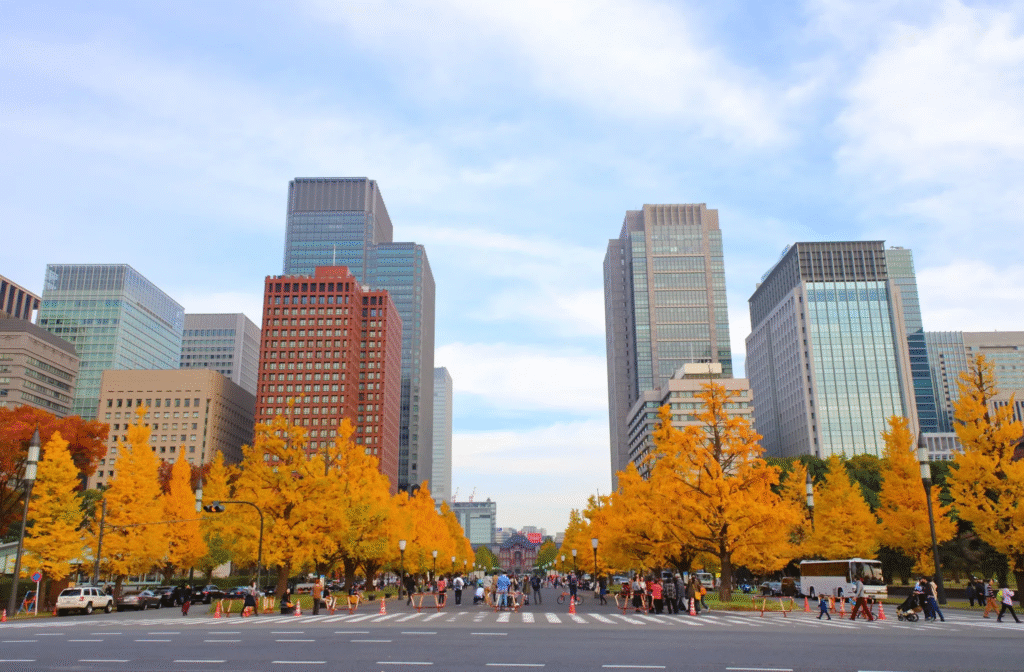
Chiyoda is the home of Tokyo Station, and it is also where the Imperial Palace is located, as well as the Japanese Parliament, the Diet. This preponderance of government and state operations means that it is less lively than Shinjuku or Roppongi, but that is not to say that it is boring. In addition to the Imperial Gardens, the National Museum of Modern Art, and the Akihabara electronics district. It’s a great place to stay for anyone who doesn’t want too much noise, but also want great connections to Tokyo’s action.
Transport Connections in Chiyoda
Tokyo Station, at the heart of Chiyoda, is a major transport hub. In addition to the Shinkansen, it serves the Yamanote Line, the Chuo Line, the Sobu Line, the Keihin-Tohoku Line, the Tokaido Line, the Keiyo Line, the Ueno-Tokyo Line, the Yokosuka Line, the Marunouchi Line, the Tozai Line, the Maronouchi Line, the Hanzomon Line, the Mita Line, the Oedo Line, the Asakusa Line, and the Shinjuku Line.
Hotels To Stay in Chiyoda
For those looking after their pennies, the Tosei Hotel Cocone Kanda is an excellent choice. While the rooms may be on the smaller side, guests praise the location and the facilities.
On the higher-end, the Peninsula Tokyo is pricey, starting at roughly ¥140,000 per night. However, you get what you pay for with those prices: world-class cuisine, immaculate and beautiful rooms, and service to die for.
Top Things To Do in Chiyoda
Chiyoda is at the heart of Tokyo’s government and history, balancing serene gardens and iconic landmarks with bustling shopping and cultural districts.
Imperial Palace and East Gardens
Cost: Free entry to the gardens
Tip: Join free tours of the palace grounds (advance reservation required)
The residence of Japan’s imperial family with vast gardens open to the public. The East Gardens feature historic ruins and seasonal flowers.
Akihabara
Cost: Free to explore, shopping and cafés vary (¥1,000–¥3,000)
Highlight: Maid cafés and giant electronic stores
Tokyo’s mecca for electronics, anime, and gaming culture. Visitors can shop for gadgets, figurines, and experience themed cafés.
National Museum of Modern Art (MOMAT)
Cost: Around ¥500–¥1,000
Tip: Free admission on the first Sunday of each month
Features a wide range of Japanese modern art and international exhibitions.
Tokyo Station
Cost: Free to explore, shopping varies
Highlight: Ramen Street with famous noodle shops
A historic red-brick building that doubles as a major transport hub. Its underground shopping malls are filled with boutiques and restaurants.
Kanda Myojin Shrine
Cost: Free
Tip: Buy lucky charms themed around technology
A centuries-old Shinto shrine dedicated to good fortune, popular with anime fans and tech workers.
A Quieter Alternative Near Shinjuku: Nakano
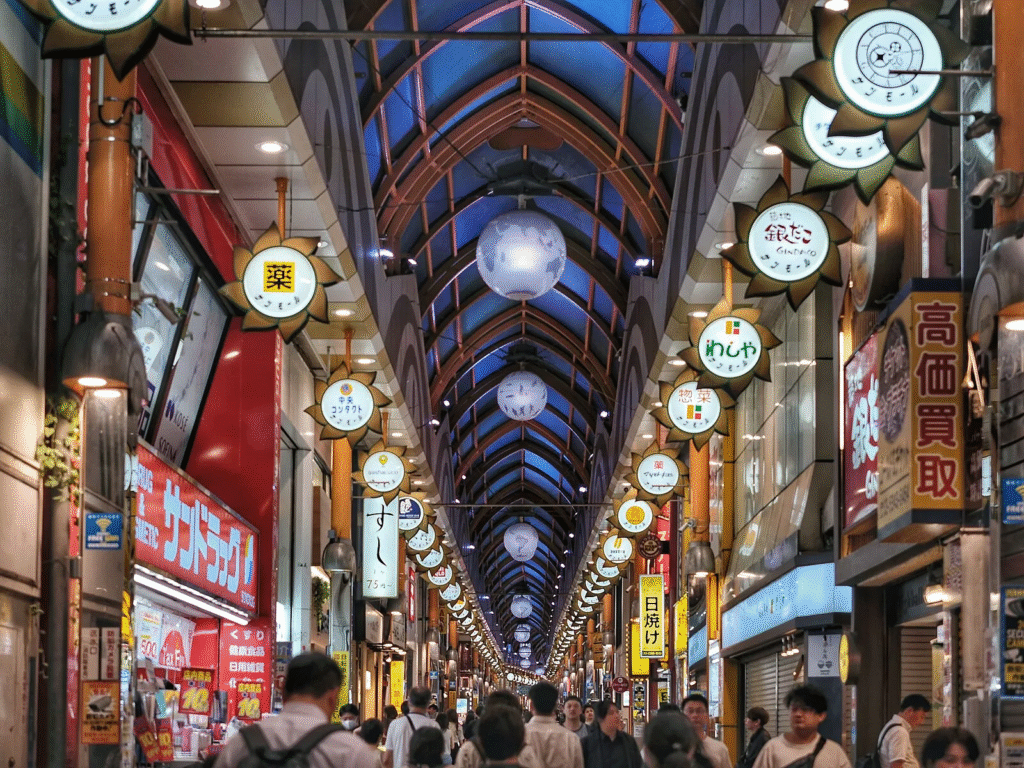
A neighbor of Shinjuku, Nakano has many of the advantages of being close to the center of the city, but is much less intense. Ideal for families or people who are wary of spending their entire vacation in Shinjuku’s large crowds, Nakano nevertheless has many excellent restaurants and bars for those who want to enjoy the Japanese nightlife.
Transport Connections in Nakano
Nakano Station is the main transport hub here. It is served by the Chuo Line, the Sobu Line, and the Tozai Line.
Hotels To Stay in Nakano
If you’re counting your coins, Toyo House is a cheap and cheerful hostel, with guests highlighting the helpful host and prime location. Prices for rooms start at roughly ¥6,500/night.
If you have a little more cash to splash, then for ¥17,000/night you could stay at Give Araiyakushi. Situated very close the Nakano’s shopping district, people who stay love how cozy it is. It has kitchens available for use, making it perfect for families, or anyone with particular eating habits.
Tokyo has a wealth of hotels, guest houses, and hostels for people to stay in: this list is just a small sample of the kinds of places that you can visit as a first-timer.
Top Things To Do in Nakano
Nakano is a quieter neighborhood near Shinjuku, famous for its pop culture shops, cozy eateries, and laid-back charm. It’s a great choice for travelers seeking a more local experience.
Nakano Broadway
Cost: Free to enter, collectibles vary (¥500–¥50,000+)
Highlight: Mandarake, a famous secondhand store for rare finds
A paradise for anime and manga fans, filled with shops selling collectibles, figurines, and rare merchandise.
Araiyakushi Park and Araiyakushi Baishoin Temple
Cost: Free
Best for: Families and those seeking calm away from the crowds
A relaxing local park and historic temple offering a quieter cultural experience.
Independent Theaters and Music Venues
Cost: Tickets range from ¥1,500–¥4,000
Tip: Check local listings for live performances
Nakano has a vibrant arts scene with small theaters and live music venues showcasing indie talent.

